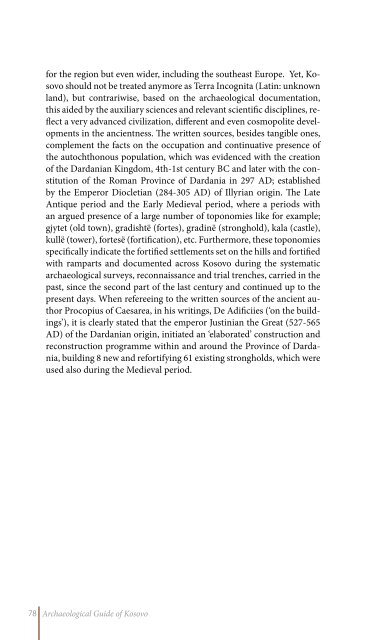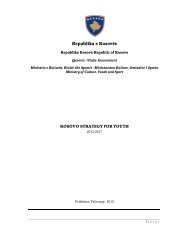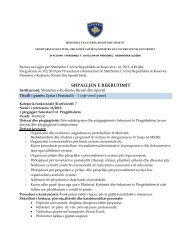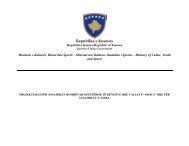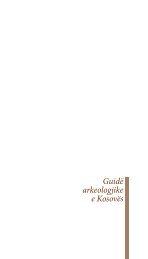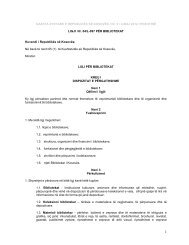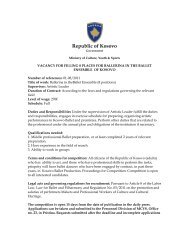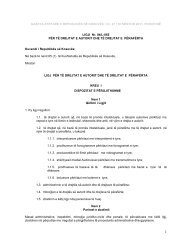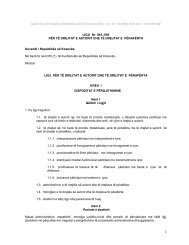Archaeological Guide of Kosovo
Archaeological Guide of Kosovo
Archaeological Guide of Kosovo
You also want an ePaper? Increase the reach of your titles
YUMPU automatically turns print PDFs into web optimized ePapers that Google loves.
for the region but even wider, including the southeast Europe. Yet, <strong>Kosovo</strong><br />
should not be treated anymore as Terra Incognita (Latin: unknown<br />
land), but contrariwise, based on the archaeological documentation,<br />
this aided by the auxiliary sciences and relevant scientific disciplines, reflect<br />
a very advanced civilization, different and even cosmopolite developments<br />
in the ancientness. The written sources, besides tangible ones,<br />
complement the facts on the occupation and continuative presence <strong>of</strong><br />
the autochthonous population, which was evidenced with the creation<br />
<strong>of</strong> the Dardanian Kingdom, 4th-1st century bc and later with the constitution<br />
<strong>of</strong> the Roman Province <strong>of</strong> Dardania in 297 AD; established<br />
by the Emperor Diocletian (284-305 AD) <strong>of</strong> Illyrian origin. The Late<br />
Antique period and the Early Medieval period, where a periods with<br />
an argued presence <strong>of</strong> a large number <strong>of</strong> toponomies like for example;<br />
gjytet (old town), gradishtë (fortes), gradinë (stronghold), kala (castle),<br />
kullë (tower), fortesë (fortification), etc. Furthermore, these toponomies<br />
specifically indicate the fortified settlements set on the hills and fortified<br />
with ramparts and documented across <strong>Kosovo</strong> during the systematic<br />
archaeological surveys, reconnaissance and trial trenches, carried in the<br />
past, since the second part <strong>of</strong> the last century and continued up to the<br />
present days. When refereeing to the written sources <strong>of</strong> the ancient author<br />
Procopius <strong>of</strong> Caesarea, in his writings, De Adificiies (‘on the buildings’),<br />
it is clearly stated that the emperor Justinian the Great (527-565<br />
AD) <strong>of</strong> the Dardanian origin, initiated an ‘elaborated’ construction and<br />
reconstruction programme within and around the Province <strong>of</strong> Dardania,<br />
building 8 new and refortifying 61 existing strongholds, which were<br />
used also during the Medieval period.<br />
78 <strong>Archaeological</strong> <strong>Guide</strong> <strong>of</strong> <strong>Kosovo</strong>


